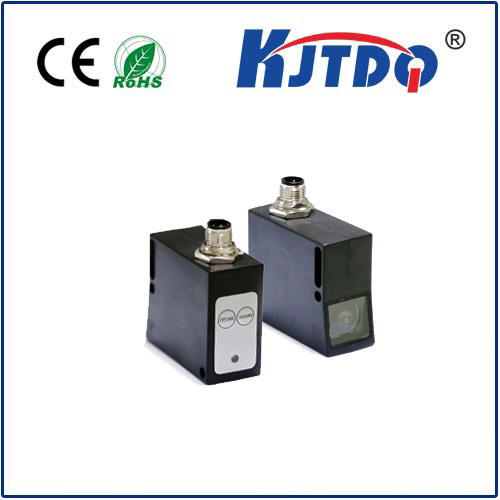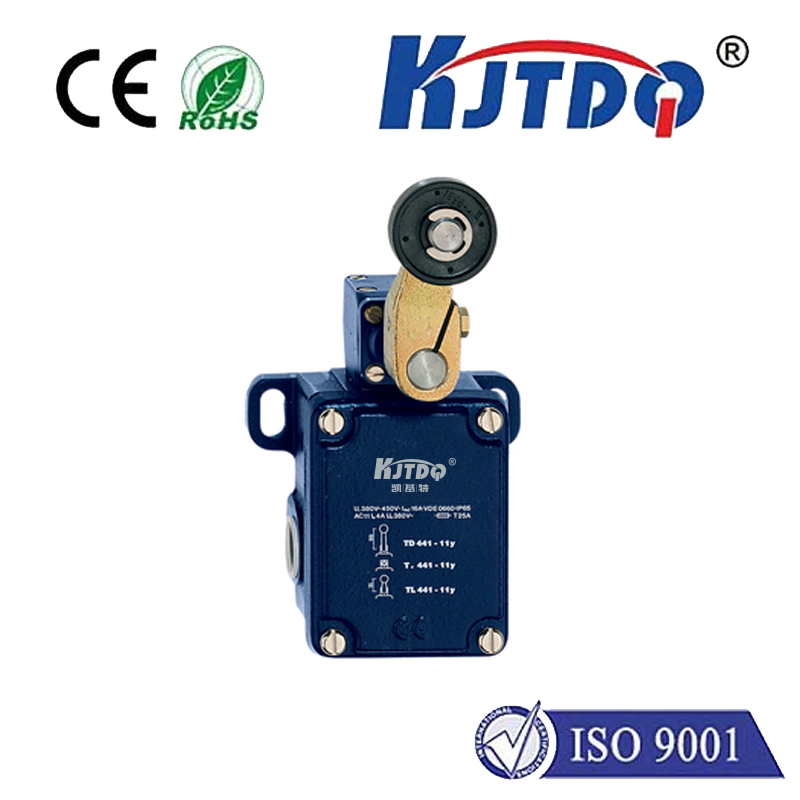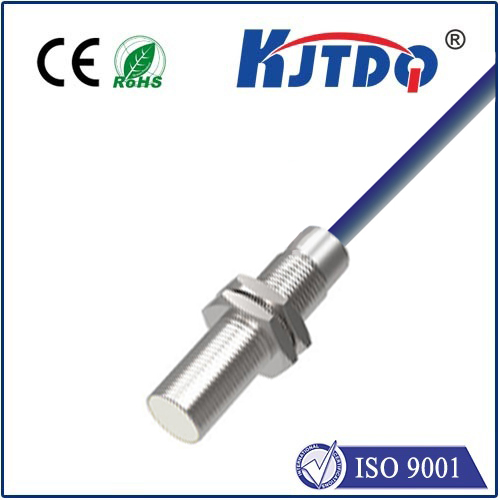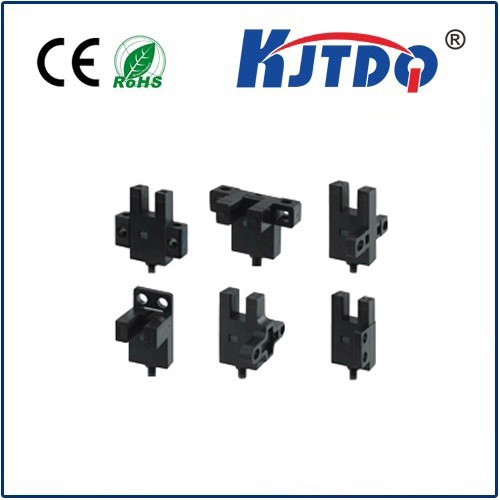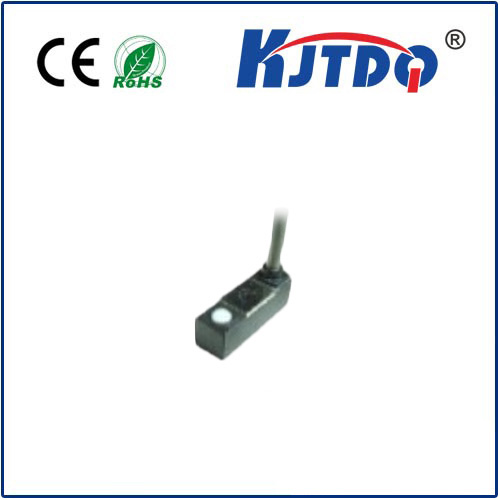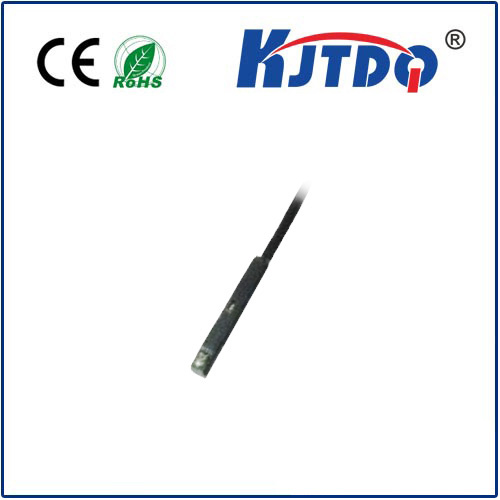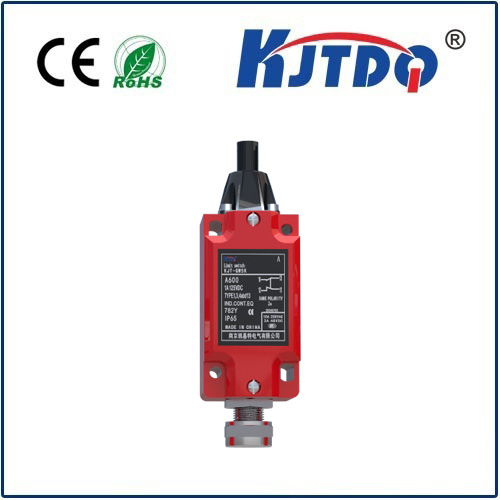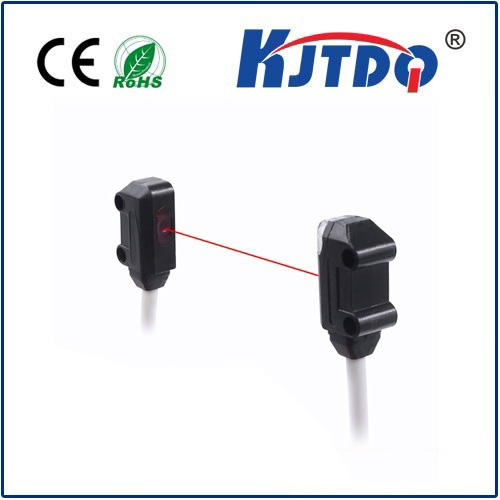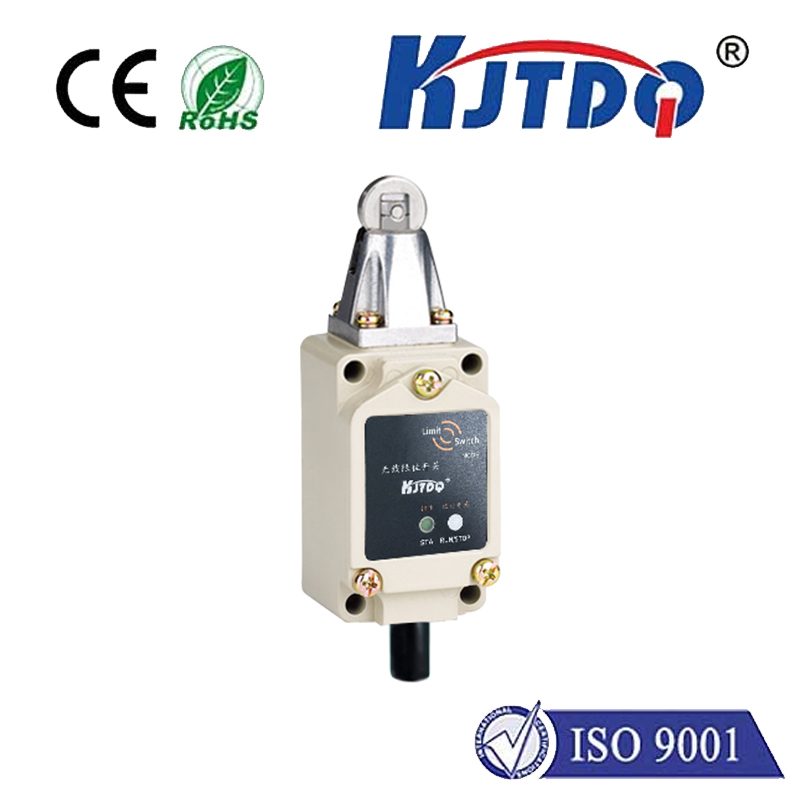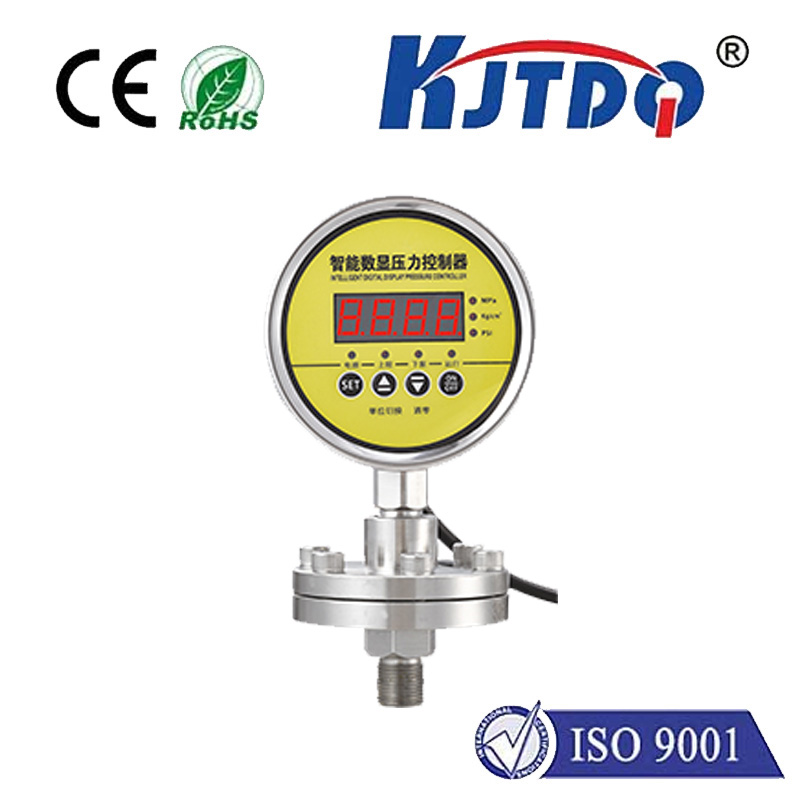
Проверка

Проверка

Проверка

Проверка

Проверка
![[New Product Recommendation] "Technical Innovation" of Reflective Photoelectric Sensors--Kejit TOF Photoelectric Sensor [New Product Recommendation] "Technical Innovation" of Reflective Photoelectric Sensors--Kejit TOF Photoelectric Sensor](https://www.kjt-sensors.com/uploadfile/ueditor/image/202302/1675386752693e10.jpg)
Проверка
Doppler Sensor: The Invisible Force Behind Modern Technology
In today’s fast-paced technological landscape, the Doppler sensor stands as a crucial component in various applications, from automotive to aerospace, and even in everyday life. At its core, a Doppler sensor measures the velocity of an object by analyzing the frequency shift of a wave emitted by the sensor. This principle, first described by Christian Doppler in the 19th century, has been refined and applied in modern contexts to enhance efficiency and accuracy in numerous fields.
The Doppler effect is a fundamental concept in physics, where the frequency of a wave changes when the source or observer moves relative to the medium. In the context of sensors, this principle is used to detect movement or velocity without the need for direct contact. For instance, in automotive applications, Doppler sensors are used in speed detectors, helping law enforcement monitor vehicle speeds and ensuring road safety. Similarly, in industrial settings, these sensors are employed to monitor the movement of machinery, which is essential for predictive maintenance and preventing equipment failure.

One of the most significant advantages of Doppler sensors is their ability to operate without physical contact, making them ideal for use in environments where traditional sensors might be impractical or unreliable. This is particularly beneficial in harsh conditions, such as in extreme temperatures, high humidity, or in the presence of dust and debris. Unlike contact sensors, which can be damaged by wear and tear, Doppler sensors maintain their performance over extended periods, ensuring consistent data collection.
In the field of aerospace, Doppler sensors play a vital role in tracking the movement of aircraft and spacecraft. By measuring the velocity of the object relative to the sensor, these sensors provide critical data for navigation and control systems. This is especially important in high-speed flight, where precise velocity measurements are essential for safety and efficiency.
Moreover, the integration of Doppler sensors into modern technology has led to the development of advanced systems that are more intelligent and responsive. For example, in smart cities, Doppler sensors are used to monitor traffic flow and optimize traffic signals, reducing congestion and improving overall urban mobility. In healthcare, Doppler sensors are employed in medical devices to monitor blood flow, aiding in the diagnosis of conditions such as aneurysms and arterial blockages.
Despite their benefits, the implementation of Doppler sensors requires careful consideration of factors such as environmental conditions, signal interference, and the accuracy of measurements. Engineers and technologists must ensure that these sensors are properly calibrated and that their data is interpreted correctly to avoid misinterpretations that could lead to incorrect decisions.
In conclusion, the Doppler sensor is a powerful tool that has revolutionized the way we monitor and measure movement in various fields. Its ability to provide precise data without physical contact makes it an invaluable asset in modern technology. As advancements continue to be made in sensor technology, the future of Doppler sensors looks promising, with potential applications in emerging fields such as robotics, environmental monitoring, and even space exploration. The ongoing development of these sensors will undoubtedly shape the future of technology and innovation.
